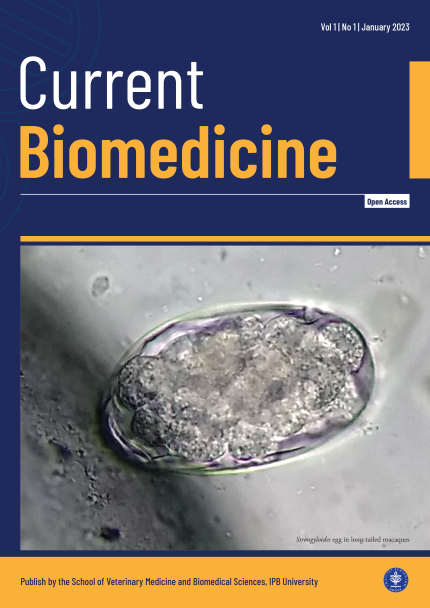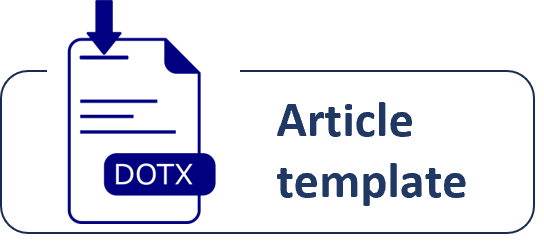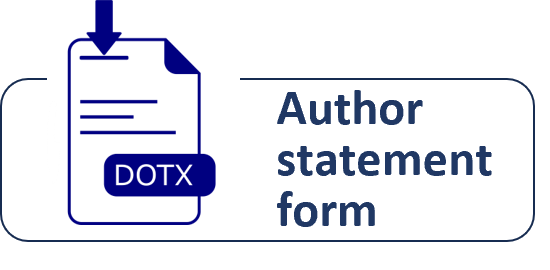The relationship of milking techniques with the number of Escherichia coli in raw milk from dairy farms at the KUD Kertajaya, Kediri District, East Java
Abstract
Background: The coliform bacteria group is a group of bacteria used as an indicator of food sanitation, one of which is in dairy products. Objective: This study aimed to determine the relationship of milking techniques with the number of Escherichia coli in raw milk compared to the bacterial contamination limit set by the National Standardization Agency. Methods: The design of this study was a descriptive study. Raw milk samples were taken from Lucky Farm and several traditional dairy farms in the KUD Kertajaya area, Kediri Regency, East Java. This study uses the most probable number (MPN) test. Results: The results showed 11 (73.3%) of raw milk samples using conventional milking techniques exceeding the maximum limit of E. coli bacterial contamination determined by the National Standardization Agency (< 3 MPN/mL). However, all 15 samples, or 100% of raw milk samples using machine milking techniques, were negative for E. coli and met the maximum bacterial contamination limit requirements. Conclusion: The milking techniques affect E. coli contamination limits in raw milk. The milk samples taken using machine milking techniques had better results with MPN values < 3 MPN/mL than those taken using conventional milking techniques.









